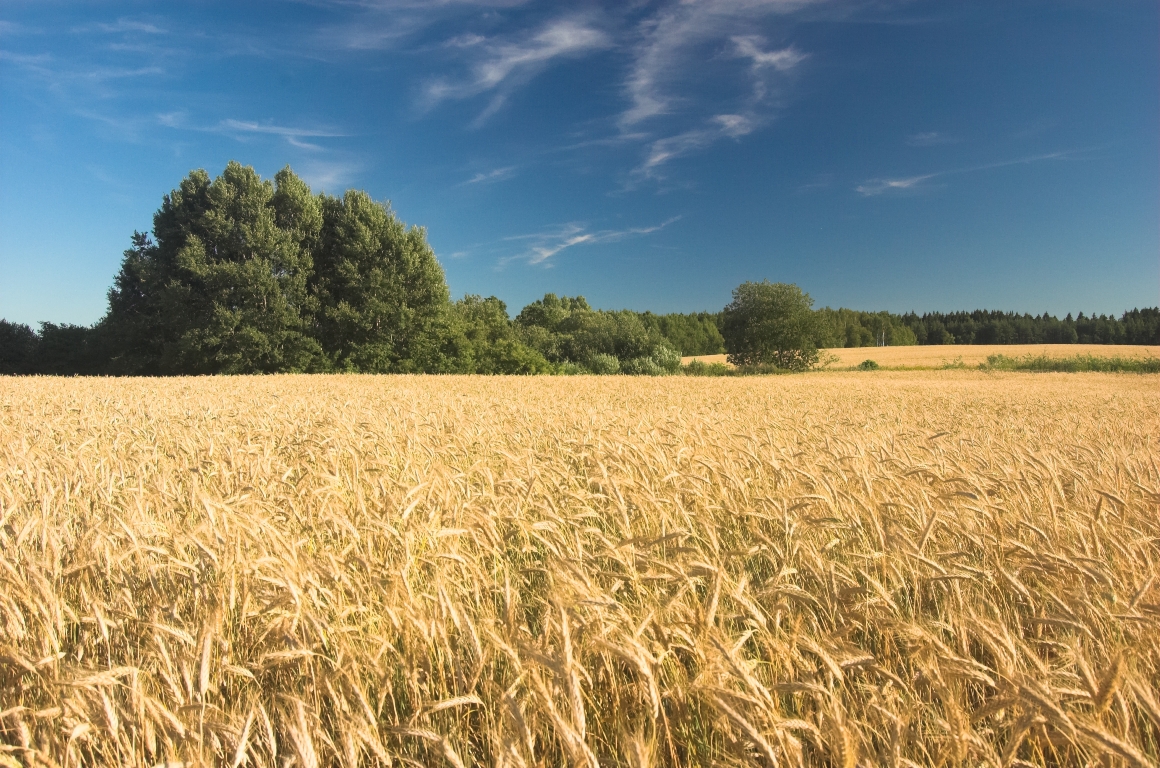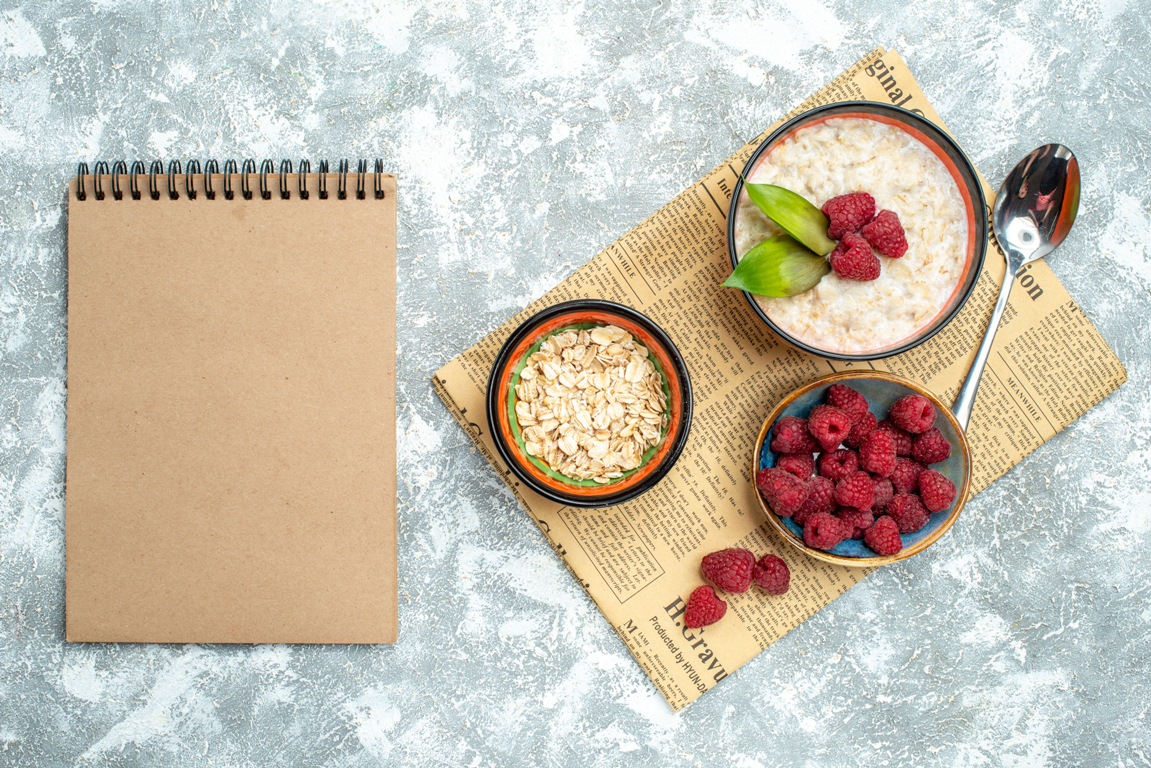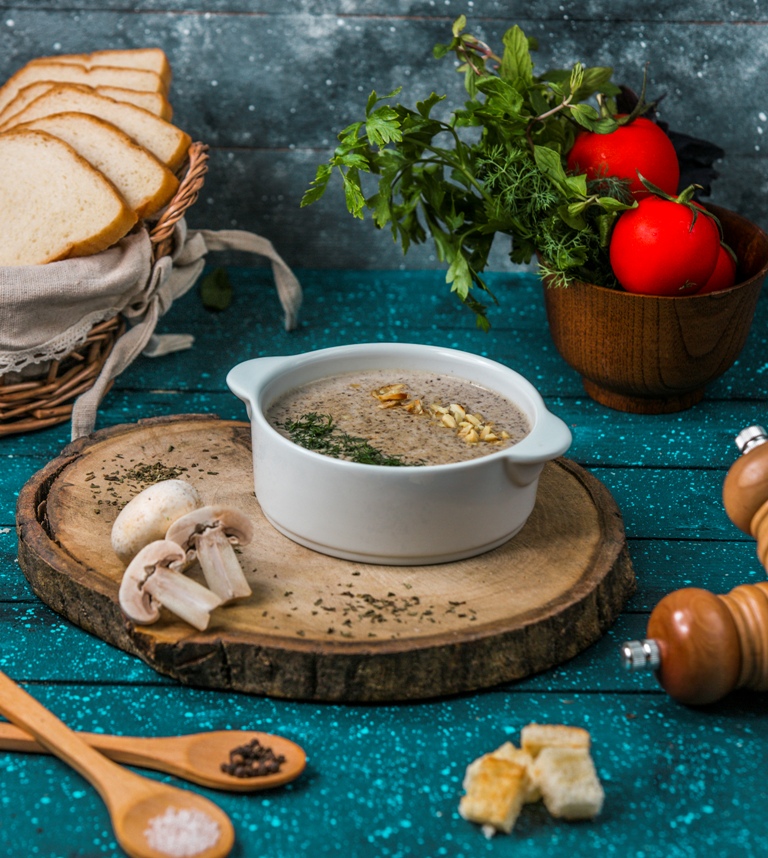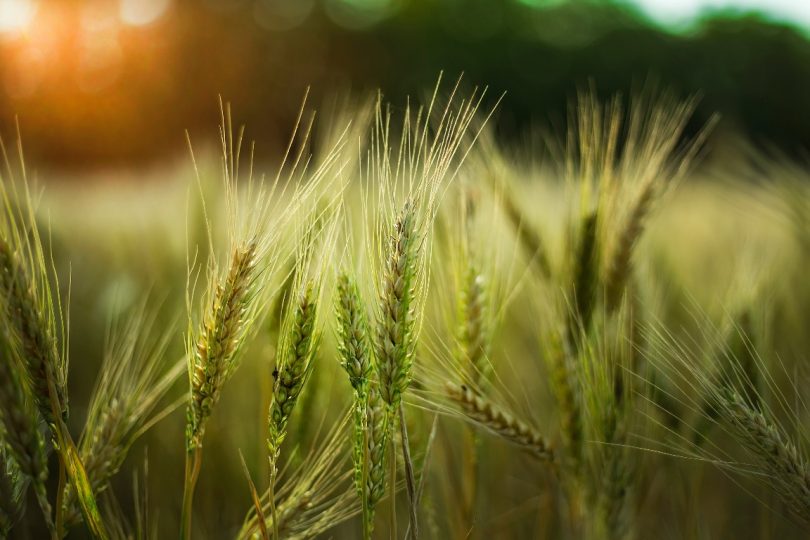Table of Contents
- Introduction to Barley and Diabetes
- Understanding the Benefits of Barley for Diabetes
- Incorporating Barley into Your Diabetic Diet
- Barley-Based Diabetic-Friendly Recipes
- Barley Supplements and Alternatives
- Precautions and Considerations
Key Takeaways
- Barley offers numerous health benefits for individuals managing diabetes, including improved blood sugar control and enhanced insulin sensitivity.
- Incorporating barley into your diet can be done through various delicious recipes, such as barley porridge, salads, soups, and risottos.
- When adding barley to your meals, it’s essential to monitor portion sizes and consult with healthcare professionals, especially if you’re taking medications for diabetes.
Introduction to Barley and Diabetes
Barley is a versatile and nutritious grain that has been consumed for centuries worldwide. It is rich in essential nutrients, including fiber, vitamins, and minerals. Diabetes is a chronic condition characterized by elevated blood sugar levels, either due to insufficient insulin production or the body’s inability to use insulin effectively.
Understanding Barley’s Nutritional Value
Barley contains soluble fiber, which slows down the absorption of sugar in the bloodstream, helping to stabilize blood glucose levels. Additionally, barley is a good source of magnesium, which plays a crucial role in insulin action and glucose metabolism.

The Link Between Diet and Diabetes Management
Dietary choices play a significant role in managing diabetes. Consuming foods with a low glycemic index, such as barley, can help prevent spikes in blood sugar levels and promote better overall health.
Understanding the Benefits of Barley for Diabetes
Barley is packed with nutrients that make it an excellent choice for individuals with diabetes. Let’s delve deeper into the benefits:
The Role of Barley in Blood Sugar Control
One of the most significant benefits of barley for diabetes is its ability to help regulate blood sugar levels. The soluble fiber found in barley forms a gel-like substance in the digestive tract, slowing down the absorption of glucose into the bloodstream. This helps prevent sudden spikes in blood sugar levels, providing more stable energy throughout the day.
| Study | Findings |
|---|---|
| A randomized controlled trial | Barley consumption significantly reduced postprandial glycemic response compared to refined grains. |
| Another study | Regular consumption of barley led to improvements in HbA1c levels, indicating better long-term blood sugar control. |
Enhancing Insulin Sensitivity
Insulin sensitivity refers to the body’s ability to respond effectively to insulin and regulate blood sugar levels. Barley contains compounds that may improve insulin sensitivity, making it easier for cells to absorb glucose from the bloodstream. This can help reduce the risk of insulin resistance, a common problem in individuals with type 2 diabetes.

Incorporating Barley into Your Diabetic Diet
Adding barley to your diabetic diet is not only beneficial for managing blood sugar levels but also adds variety and flavor to your meals. Here’s how you can incorporate barley into your daily diet:
Various Forms of Barley
Barley is available in different forms, including whole grain, flour, and flakes. Each form offers unique textures and flavors, allowing for versatile culinary creations.
Cooking Methods and Recipes
Barley can be cooked using various methods, such as boiling, steaming, or pressure cooking. It serves as a nutritious base for soups, stews, salads, and side dishes. Here are a few delicious barley recipes to try:
Barley Porridge with Fruits and Nuts
Start your day with a hearty bowl of barley porridge topped with fresh fruits and nuts. This wholesome breakfast provides sustained energy and essential nutrients to kickstart your morning.

Barley Salad with Vegetables and Lean Protein
For a refreshing lunch or dinner option, toss cooked barley with your favorite vegetables and lean protein sources, such as grilled chicken or tofu. Drizzle with a zesty vinaigrette for added flavor.
Barley Soup with Herbs and Spices
Warm up on chilly days with a comforting bowl of barley soup infused with aromatic herbs and spices. This nutritious soup is packed with fiber and essential nutrients to support overall health.
Barley Risotto with Mushrooms and Garlic
Indulge in a creamy barley risotto loaded with earthy mushrooms and savory garlic. This wholesome dish is perfect for cozy evenings and is sure to satisfy your cravings without spiking blood sugar levels.
Portion Control and Serving Suggestions
While barley is a nutritious addition to your diet, it’s essential to practice portion control, especially if you’re watching your carbohydrate intake. Aim for appropriate serving sizes and balance your meals with other nutrient-rich foods.
Barley-Based Diabetic-Friendly Recipes
Now that you know how to incorporate barley into your diabetic diet, let’s explore some **delicious recipes** that are both nutritious and satisfying:
1. Barley Porridge with Fruits and Nuts
Start your day on a healthy note with a warm bowl of barley porridge. Here’s how to make it:
| Ingredients | Instructions |
|---|---|
| 1/2 cup barley | Cook barley in water or milk until tender. |
| Assorted fruits (e.g., berries, sliced bananas) | Top cooked barley with fresh fruits. |
| Nuts and seeds (e.g., almonds, chia seeds) | Sprinkle nuts and seeds over the porridge for added crunch and nutrition. |
| Honey or maple syrup (optional) | Drizzle with honey or maple syrup for sweetness, if desired. |

2. Barley Salad with Vegetables and Lean Protein
Enjoy a light and refreshing barley salad packed with nutrients. Here’s a simple recipe to try:
| Ingredients | Instructions |
|---|---|
| 1 cup cooked barley | Combine cooked barley with chopped vegetables (e.g., tomatoes, cucumbers, bell peppers). |
| Grilled chicken breast or tofu | Add grilled chicken breast or tofu for protein. |
| Fresh herbs (e.g., parsley, basil) | Toss with fresh herbs and a light vinaigrette dressing. |
| Salt and pepper to taste | Season with salt and pepper according to taste preferences. |
3. Barley Soup with Herbs and Spices
Warm up with a comforting bowl of hearty barley soup. Here’s how to prepare it:

| Ingredients | Instructions |
|---|---|
| 1 cup barley | Combine barley with broth or water in a large pot. |
| Assorted vegetables (e.g., carrots, celery, onions) | Add chopped vegetables to the pot and simmer until tender. |
| Herbs and spices (e.g., thyme, bay leaves, garlic) | Season with herbs and spices according to taste preferences. |
| Salt and pepper to taste | Season with salt and pepper, adjusting as needed. |
4. Barley Risotto with Mushrooms and Garlic
Indulge in a creamy and flavorful barley risotto. Here’s a step-by-step guide:
| Ingredients | Instructions |
|---|---|
| 1 cup pearl barley | Sauté barley in olive oil with minced garlic until lightly toasted. |
| Assorted mushrooms (e.g., cremini, shiitake) | Add sliced mushrooms to the pot and cook until tender. |
| Vegetable broth | Gradually add vegetable broth to the pot, stirring until barley is creamy and cooked through. |
| Parmesan cheese (optional) | Stir in grated Parmesan cheese for extra creaminess, if desired. |
Barley Supplements and Alternatives
In addition to incorporating barley into your meals, there are also supplements and alternatives available that can provide similar benefits:
Barley Grass Supplements
Barley grass supplements are made from the young leaves of the barley plant and are available in powder or capsule form. They are rich in nutrients, including vitamins, minerals, and antioxidants, and are often touted for their potential health benefits, including blood sugar regulation.
Barley-Based Snacks and Drinks
For on-the-go convenience, there are also barley-based snacks and drinks available in the market. These products may include barley crisps, energy bars, and beverages made from barley extract. While convenient, it’s essential to check the ingredient list and nutritional information to ensure they align with your dietary needs and preferences.
Comparison with Other Grains
While barley offers unique benefits for diabetes management, it’s essential to consider other grains that can also support blood sugar control. Quinoa, brown rice, and oats are examples of whole grains that are rich in fiber and nutrients, making them suitable alternatives for individuals with diabetes.
Precautions and Considerations
While incorporating barley into your diabetic diet can offer numerous health benefits, it’s essential to consider certain precautions and considerations:
Consultation with Healthcare Professionals
Before making significant dietary changes, especially if you have diabetes or other medical conditions, it’s crucial to consult with healthcare professionals such as your doctor or a registered dietitian. They can provide personalized recommendations based on your individual health needs and help you create a balanced meal plan.
Monitoring Blood Sugar Levels
When adding barley to your diet, it’s essential to monitor your blood sugar levels regularly. While barley can help stabilize blood glucose levels for many individuals, everyone’s body responds differently to foods, so it’s essential to track how your body reacts and make adjustments as needed.
Potential Allergic Reactions or Side Effects
While barley is generally considered safe for consumption, some individuals may experience allergic reactions or digestive discomfort. If you have a known allergy to gluten or barley, it’s crucial to avoid barley and opt for gluten-free alternatives. Additionally, consuming large amounts of barley may cause bloating, gas, or gastrointestinal issues in some people.
Frequently Asked Questions (FAQs)
Here are some commonly asked questions about using barley for diabetes management:
What is the Glycemic Index of Barley?
The glycemic index (GI) of barley varies depending on factors such as its form and preparation method. Generally, barley has a moderate to low GI, making it a suitable choice for individuals with diabetes. Whole grain barley typically has a lower GI compared to processed barley products.
How much barley should I consume daily for diabetes management?
The recommended daily intake of barley for diabetes management can vary depending on individual factors such as age, weight, activity level, and overall dietary pattern. However, incorporating about half a cup to one cup of cooked barley into your daily meals can provide significant health benefits, including improved blood sugar control and enhanced satiety.
Can barley help in weight loss for diabetics?
Barley’s high fiber content and low glycemic index can contribute to weight loss and weight management for individuals with diabetes. Fiber-rich foods like barley help promote feelings of fullness and satiety, reducing overall calorie intake and supporting healthy weight loss goals.
Are there any contraindications of barley with diabetes medications?
While barley is generally safe for consumption, it’s essential to be aware of potential interactions with diabetes medications. Barley may enhance the effects of certain medications, such as insulin or oral hypoglycemic agents, leading to a risk of hypoglycemia (low blood sugar). If you’re taking medications for diabetes, consult with your healthcare provider before adding barley to your diet to ensure safe and effective management of your condition.
Can barley worsen symptoms for people with gluten sensitivity?
Barley contains gluten, a protein found in wheat, barley, and rye, making it unsuitable for individuals with celiac disease or gluten sensitivity. Consuming barley products can trigger adverse reactions in these individuals, leading to symptoms such as digestive discomfort, bloating, diarrhea, and fatigue. It’s essential for individuals with gluten sensitivity to avoid barley and opt for gluten-free grains and alternatives.
Conclusion
Incorporating barley into your diabetic diet can offer numerous health benefits, including improved blood sugar control, enhanced insulin sensitivity, and support for weight management. By exploring various barley-based recipes and supplements, individuals with diabetes can enjoy delicious and nutritious meals while effectively managing their condition.
However, it’s essential to approach dietary changes with caution and consult with healthcare professionals before making significant adjustments to your meal plan. Monitoring blood sugar levels and being aware of potential allergic reactions or side effects can help ensure safe and effective diabetes management.
With proper guidance and a balanced approach, barley can be a valuable addition to your diabetic diet, providing essential nutrients and promoting overall health and well-being.






